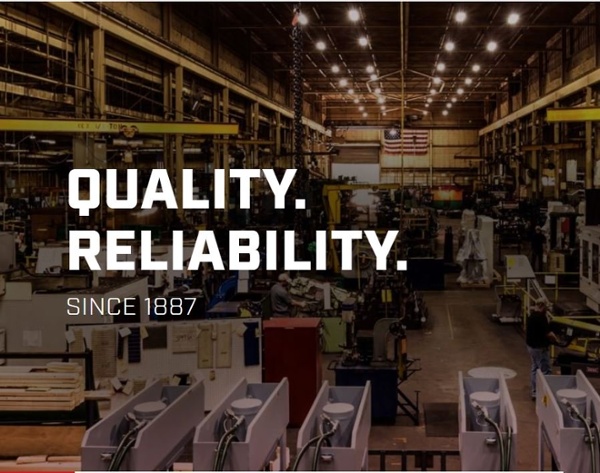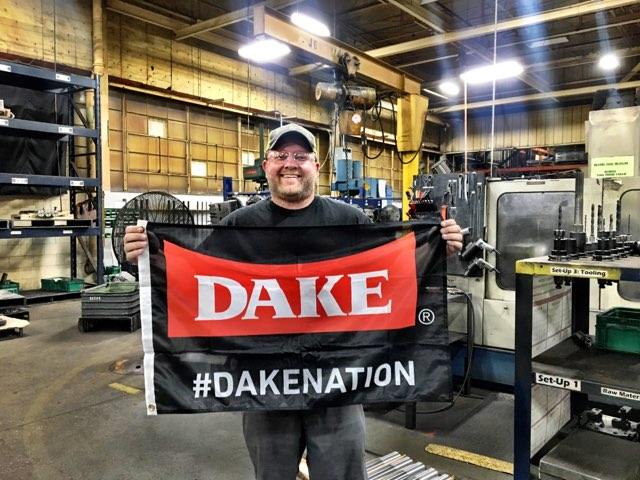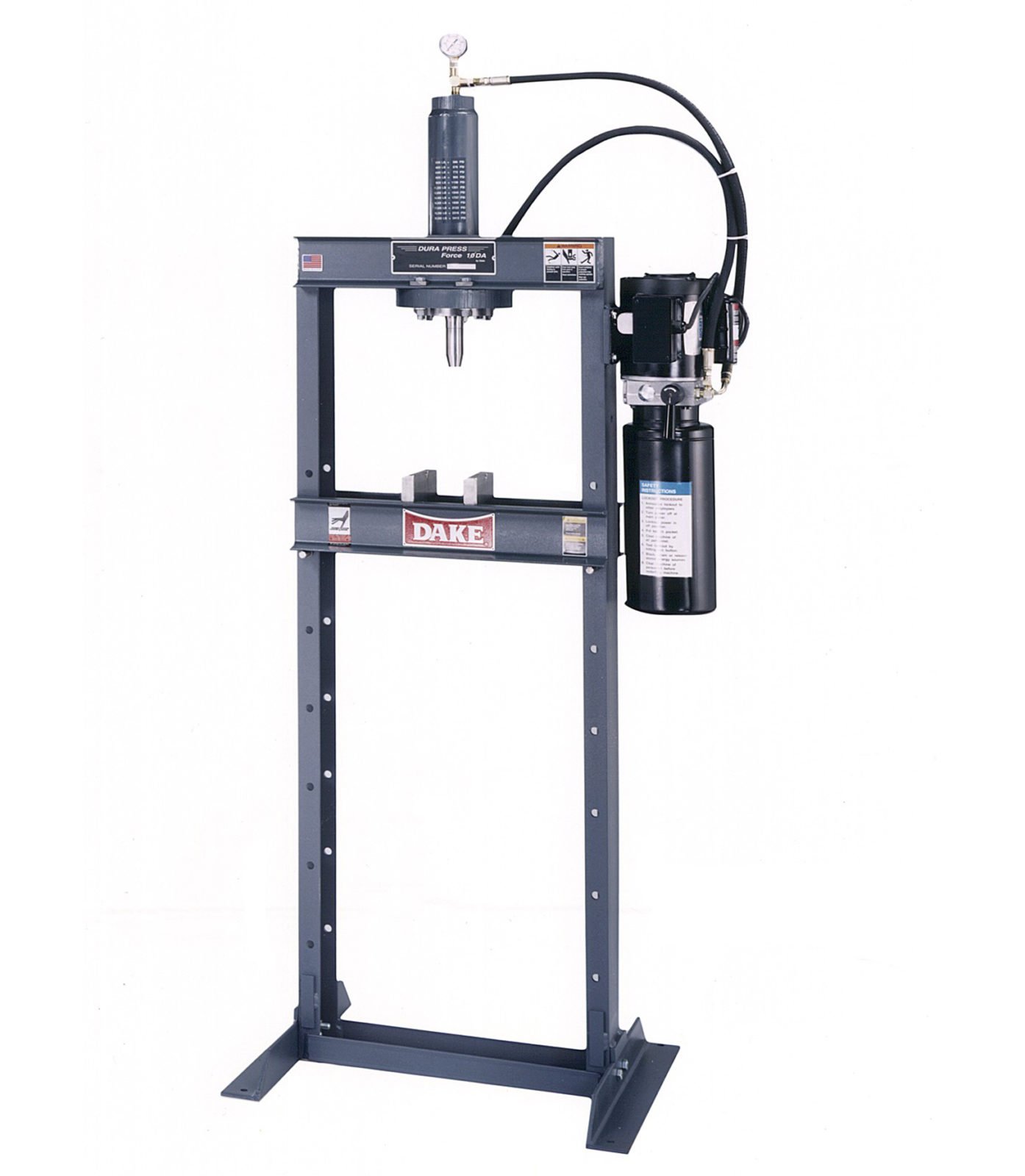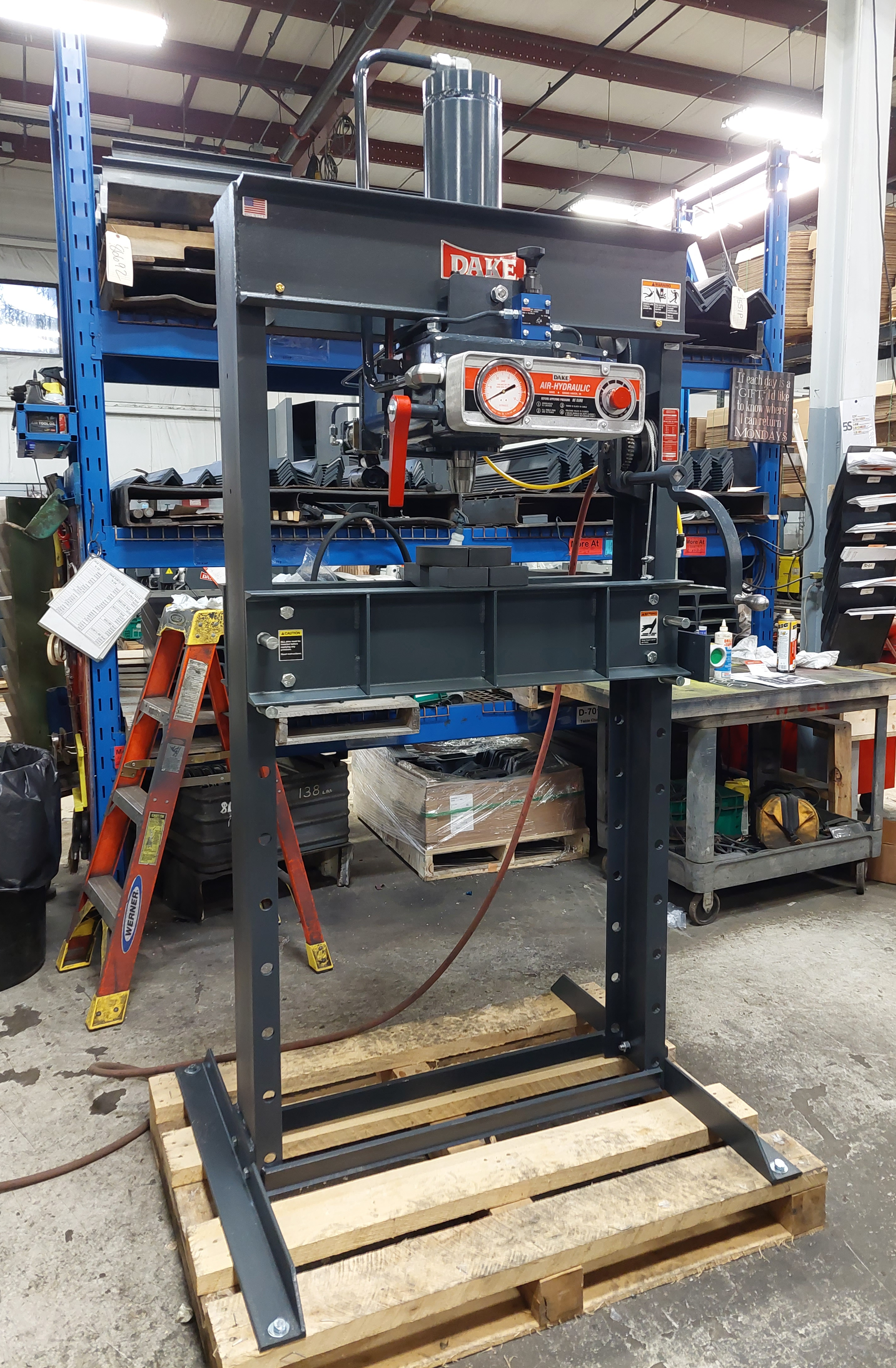Whether you are just starting out in the field of metalworking or you’ve been in the business for years, sometimes it can difficult to choose the appropriate tools and materials you need for a certain project.
Picking out the metal you want to work with is one thing, and selecting the appropriate machine to do the work is another.
In this post, our experts here at Dake will walk you through the process of choosing the right tools for the job at hand.
Choosing the Metal
The most commonly used materials for metalworking are aluminum, steel, and stainless steel. From this selection, aluminum is the most expensive and lightweight. Metalworkers like to use it for all sorts of projects because it has a low oxidation rate and doesn’t rust easily.
As it ages, you may notice a bit of corrosion that causes the metal to tarnish, but some people like that style. As a malleable, soft metal, aluminum is the easiest to cut through. However, that also means that it is the easiest to dent and the hardest to weld.
Made up of iron and carbon, steel is a heavy-duty alloy that is well known for its strength. It can be magnetized, which may prove useful for some projects. As a hard metal, steel is easier to weld, but it must be treated with protective chemicals to prevent oxidation and rust.
When chromium is added to steel, we are left with a metal alloy composition known as stainless steel. This incredibly hard metal is resistant to oxidation and will not rust. This is why it’s common to see stainless steel used in cutlery, cookware, surgical instruments, and car parts.

Two more metals that are less commonly used but still good options are brass and copper. These two materials are usually chosen for their color.
Brass is a metal alloy that consists of zinc and copper. It is a lustrous yellow color, and it tarnishes due to oxidation very easily. It is somewhat similar to silver in that regard. While brass can be used in plumbing fixtures, it is also commonly seen in decorative artwork.
Finally, copper is another soft metal that shares similar properties with aluminum. It is a lustrous orange color, and it can tarnish easily like brass. Since it is one of the most expensive metals on our list, it generally only used for decorative artwork or to conduct electricity in circuit boards.
Choosing the Metal Stock
Now that you’ve chosen the type of metal you want to work with, the next step is to sort out the stock. Metal stock is often available in the form of tubes, rods, bars, and sheets. The stock you choose will directly determine the type of tools and machines that you will need.
For instance, a sheet of aluminum will require a completely different set of tools than a steel bar. If you tried to interchange the power tools, you would end up damaging the machine or the material. Therefore, choosing the metal stock you want to work with is a crucial part of this process.
Choosing the Machine
Once you have decided on the material and the metal stock, it’s time to weigh your machine options. Does your project require the use of a press or a saw?
There are many different types of both including the following:
- Arbor Press
- Hydraulic Press
- Drill Press
- Cold Saw
- Bandsaw
While there are other machines available like the laboratory press and the C-frame press, we will only cover the most popular machines in this post.
If you are looking for a press, there are a few aspects of the project that you can use to help narrow down which press is best. Here are some questions to determine your requirements:
- How much tonnage does your project require?
- Do you need the ability to electronically adjust the pressure?
- Does the machine need to maintain the force of tonnage or quickly release it?
Once you answer these questions, you should be able to narrow down your press machine choices quite significantly. Here at Dake, we offer 17 different arbor presses, 33 different hydraulic presses, and 6 different drill presses.
Each machine is designed to suit a certain set of needs. Some are more compact, and others are larger to accommodate bigger projects. The size doesn’t always determine the pressing power though. So don’t rule out a machine simply because it’s more petite.
Every Dake press was constructed with a cast iron base for enhanced stability and reduced vibration during operation. All you have to do is answer the aforementioned questions to figure out which one is optimal for your new project.
If you’re looking for a sawing machine, there are a few questions you can ask to help you determine whether you need a cold saw or a bandsaw. Determine the following:
- How thick is the metal you want to cut?
- How many pieces do you need to produce?
- How much control over the machine do you want?
Answering these questions will help you figure out which kind of power saw you need. You can get a cleaner cut on thinner metals by using a cold saw, and thicker metals tend to work best with bandsaws.
We offer eight different cold saws, six different vertical bandsaws, and nine different horizontal bandsaws. If you end up choosing to work with a horizontal bandsaw, you will also have the option to select a benchtop model. This particular machine will need a work stand to sit on, which we also offer.
Custom Machines
If you have gone through the process of elimination and still can’t find the right machine for your project, our experts can help. Since we manufacture our machines, we can customize them as well.
Get in touch with us to ask about ordering a custom metalworking machine. Tell us all about your upcoming project, and our team will come up with a customized solution just for you.
-1.jpg?width=1200&height=525&name=DAKE003_%20Logos_Red%20(002)-1.jpg)

.jpg)

